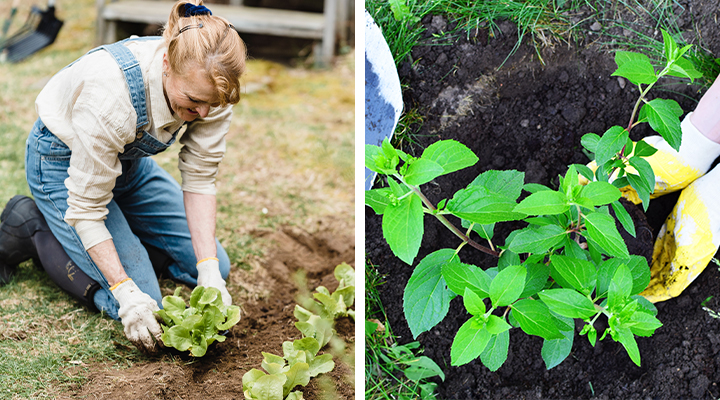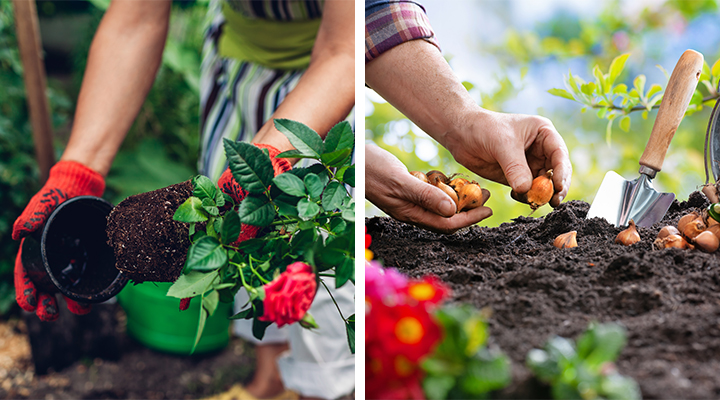Why autumn is the best time for planting
You may hear other gardeners talking about autumn being the best time for planting, but why is that the case? Autumn – particularly mid-autumn - is a good time to plant for lots of reasons, but all are to do with creating a stress-free environment for the new plant to flourish and experience less transplant shock.
Reason 1: The right temperature.
As summer moves into autumn, the weather starts to cool, but the soil is still warm from all that summer heat - making it attractive for root growth. Ideally, the plant can grow its roots into the soil, anchoring itself and moving beyond the planting hole to seek water and nutrients.
In autumn, daylight hours are shorter so plants experience less stress even if the day does get warm. In many areas, autumn also means more reliable rain, which again means less stress for a new planting.
Autumn is also a nicer time for the gardener to be out in the garden doing heavy work such as digging and soil preparation! For a full guide to soil prep for autumn planting, click here.

Autumn is a more comfortable time for gardeners to be outdoors, and the best time for plants to set down roots.
Reason 2: Plant availability.
In autumn there is generally a lot of good quality plant stock available from nurseries, including shrubs, trees and seasonal annuals and vegetables. In addition, there are bare-rooted plants available such as roses and fruit trees. Bare-rooted plants are deciduous plants that are grown in the ground then lifted to sell with their roots protected but not planted into a pot.
Bulbs, too, can be planted right through autumn. For a step-by-step guide to bulb planting, click here.
Give all new plantings the extra assistance of a seaweed tonic, which also helps to encourage strong root development and increases tolerance to both hot and cold conditions.

Garden centres are full of plants in autumn, including roses (potted and bare-rooted) and spring-flowering bulbs.
Reason 3: Beat winter dormancy.
If you plant in autumn, you're giving your plant time to establish before winter. When winter does arrive, the new plant will slow or stop its growth. If the winter is cold and frost occurs it may be necessary to protect the new plant especially if it is not frost tolerant. If winter is very dry, it will be necessary to keep watering the new planting.
Come late winter and early spring when the days get warmer and longer and the soil too begins to warm up, new growth will occur both above and below the ground, signalling the need for fertiliser and increased watering. An autumn-planted shrub or tree should grow rapidly using those strong new roots it established before winter.
Sure, many of these good planting conditions also exist in spring, but later in the year with summer on the horizon we are moving rapidly towards hotter conditions and longer days - making it more stressful for a new plant. Spring is still a good time to plant, but the plant will need more attention such as extra shade, shelter and water.
Want more autumn planting advice from The Garden People? Follow Flower Power @flowerpowergardencentres on Facebook and Instagram.

